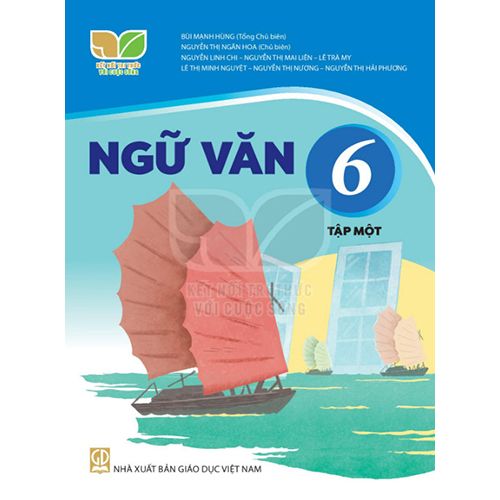VnExpress International – Newest news, enterprise, journey and analysis from Vietnam. Manila Bulletin – Latest Breaking News – News Philippines. 28 June 2023: VietJet Air Flight VJ975 from Seoul, South Korea to Phu Quoc made a diversionary touchdown on Laoag, Philippines after a technical fault was detected by the pilots. 14 June 2020: VietJet Air Flight 322 from Phu Quoc to Ho Chi Minh City skidded off the runway during landing at Tan Son Nhat Worldwide Airport, inflicting delays to other flights. 12 July 2019: VietJet Air Flight 615 from Nha Trang to Ho Chi Minh Metropolis entered a fallacious taxiway upon landing, forcing an approaching aircraft to go-round. In December 2019, VietJet Air had considered one of its first Boeing 737 MAX 200 aircraft rolled out from the Boeing factory. On February 26, 2019, VietJet Air signed a memorandum of understanding with Boeing, an American aircraft producer, to buy one hundred Boeing 737 MAX 200 aircraft. On July 23, 2024, on the Farnborough Worldwide Airshow, VietJet Air and Airbus officially finalized a deal price $7.Four billion for 20 Airbus A330-900 aircraft, following a signed Memorandum of Understanding (MoU) for the acquisition back in February 2024 on the Singapore Airshow.
 30 September 2015: VietJet Air Flight 496, an Airbus A320-200 (registered VN-A650) suffered a hen strike incident whereas on strategy to Noi Bai Worldwide Airport. The airline mentioned heavy rain as a consequence of Tropical Storm Nuri was the reason for this incident. The incident is beneath investigation by the Aviation Authority. The aircraft was later grounded, pending investigation and repairs. Everyone concerned was suspended for further investigation. This led to residential “streets” in historical villages which are practically twisting alleyways, 1-1.5 meters wide, sandwiched against slender tube homes. The picket and straw houses in the villages by the late twentieth century have been progressively reworked into modern tube houses and house footprint maximization turned the previous dirt ground right into a maze of concrete alleyways. Intense gentrification threatened the artisanal craft of historic villages. Present-day Cầu Giấy district was a rural agricultural space, scattered by just a few artisanal villages, and lay inside Từ Liêm, a periphery district of Thăng Long city. The district have a number of Zen and Buddhism temples, reminiscent of Hà Temple and Hoa Lăng Pagoda. The capital, Thăng Lengthy, turned a provincial city, and the realm fell underneath Hoài Đức prefecture in Hà Nội province.
30 September 2015: VietJet Air Flight 496, an Airbus A320-200 (registered VN-A650) suffered a hen strike incident whereas on strategy to Noi Bai Worldwide Airport. The airline mentioned heavy rain as a consequence of Tropical Storm Nuri was the reason for this incident. The incident is beneath investigation by the Aviation Authority. The aircraft was later grounded, pending investigation and repairs. Everyone concerned was suspended for further investigation. This led to residential “streets” in historical villages which are practically twisting alleyways, 1-1.5 meters wide, sandwiched against slender tube homes. The picket and straw houses in the villages by the late twentieth century have been progressively reworked into modern tube houses and house footprint maximization turned the previous dirt ground right into a maze of concrete alleyways. Intense gentrification threatened the artisanal craft of historic villages. Present-day Cầu Giấy district was a rural agricultural space, scattered by just a few artisanal villages, and lay inside Từ Liêm, a periphery district of Thăng Long city. The district have a number of Zen and Buddhism temples, reminiscent of Hà Temple and Hoa Lăng Pagoda. The capital, Thăng Lengthy, turned a provincial city, and the realm fell underneath Hoài Đức prefecture in Hà Nội province.
In 1915, Hoàn Long district was merged into Hà Đông province, and by 1918, the world was below Hoài Đức prefecture in Hà Đông province. In early 1943, the area separated from Hà Đông and was positioned under the particular administration of Hà Nội (Hoàn Lengthy special district). Some families Nghĩa Đô village was identified for producing sắc paper, a particular type of paper used to jot down royal edicts, and for being one of the earliest places in Hanoi to weave silk and brocade. Quan Hoa encompasses Thượng Yên Quyết village. Từ Liêm district. All towns and communes have been reclassified to wards, and Cầu Giấy town was renamed to Quan Hoa ward. Trung Kính Hạ (Giàn) is now in Trung Hòa ward. Trung Hòa encompasses Trung Kính Hạ, Trung Kính Thượng and Hoà Mục villages. Trung Kính Thượng is now in Trung Hòa ward. On 5 January 2005, Quan Hoa and Dịch Vọng ward’s border was adjusted to kind the brand new Dịch Vọng Hậu ward. Thượng Yên Quyết (Giấy) is now in Yên Hòa and Quan Hoa wards.
Giàn village in Trung Hòa was renowned around Hanoi for making incense sticks. It’s primarily an agricultural village though some households additionally produced incenses. By the 1930s, some households there discovered the way to make textiles. The village is targeted on papermaking and producing textiles. What constitutes a ‘village’ is likely to be a bit fuzzy since they’d existed for many centuries. The Paper Bridge, Cầu Giấy written in English, was only a small bridge crossing over Tô Lịch River existed for many centuries. The realm has several artisanal villages that has existed for centuries. This cluster of villages are identified for its cốm dessert, made from candy glutinous rice. The craft stays threatened as fewer than ten households are nonetheless practising the craft and cốm making isn’t under government cultural protection applications. Urbanization meant that the rice now must be sourced from surrounding provinces and compare to other city occupations making cốm is unprofitable, leaving many to stop practicing the craft. Dịch Vọng Tiền (most likely initially “Tiền Trang”) is now in Dịch Vọng ward. Dịch Vọng ward. The village has three hamlets named Hà, Thọ, Tháp. Within the 21st century, they are collectively often known as “Cốm Vòng village”.
